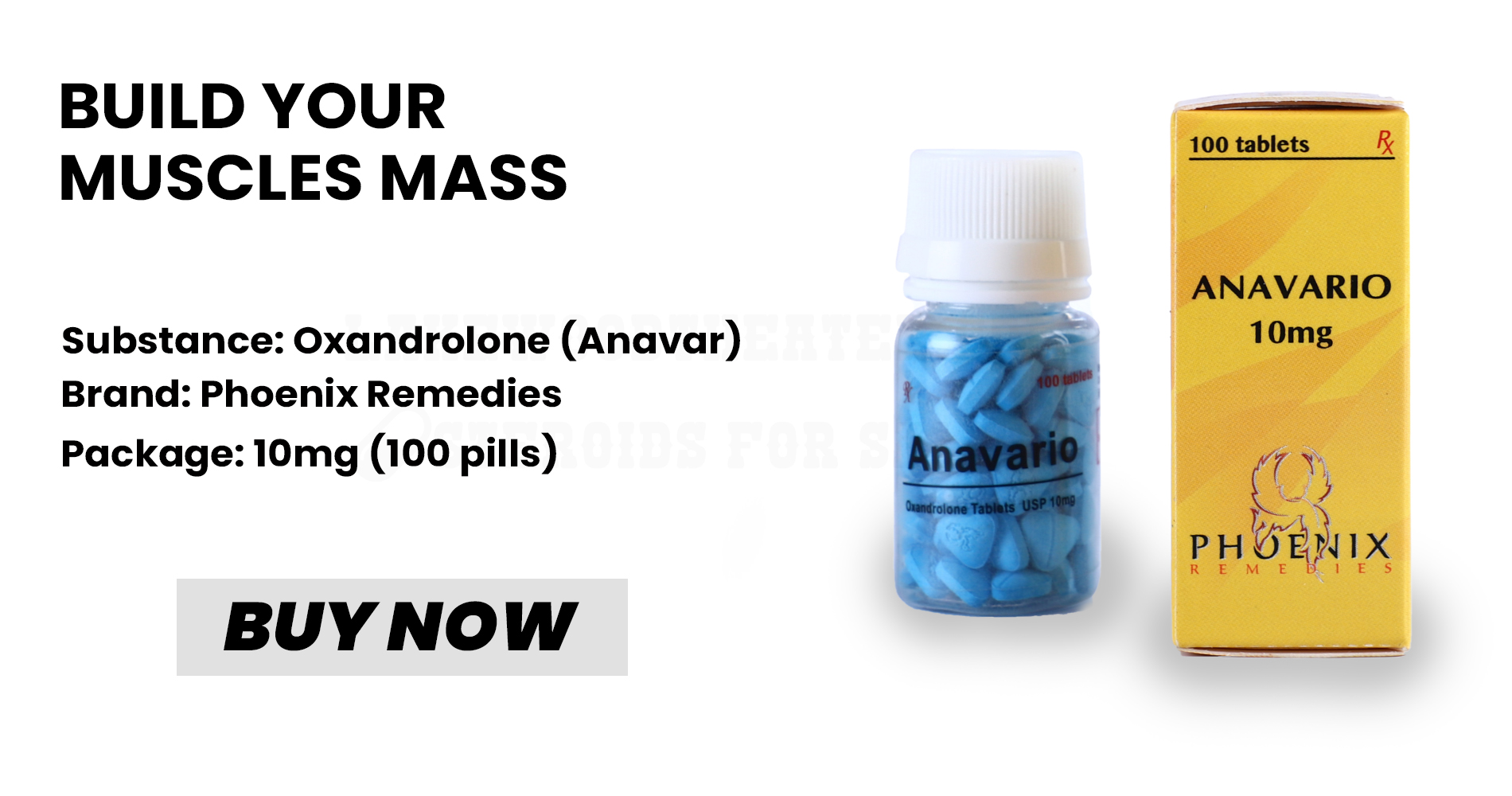Today we will talk about how often you need to visit the gym, how to approach training and also, we will analyze in detail the training processes and the best ways in which to choose them for yourself.
Training in numbers: What, who, how much?
In one of the previous articles, we have analyzed in detail what time is the best time to visit the gym. Then we have clearly understood for ourselves what kind of physical activity needs to be manifested at one time or another of the day. Today we will continue our debriefing and find out how many times you need to go to the gym to achieve the best results.
Each organism is individual – some recover very quickly, while the others takes a long time to recover. It is very difficult for a beginner athlete to determine the phase of super compensation. Contact the specialists who work on our website. They will certainly take into account the characteristics of your body and draw up a competent training and nutrition plan. Individual training will save you time and money! Go to the section of individual trainers.

When any questions arise, most people (especially young people) run for answers to a search engine. They think on the Internet there are answers to all questions, but only few people think about their qualities and truthfulness. That’s how someone once said that you need to go to the gym three times a week and there we go.  Almost every resource has the same answers, as if a copy and pasted technique has been used. Actually, we could not hesitate for a long time, but immediately say the same things, they say “go comrades” to the gym three times a week and you will be happy. Yes, we just do not like such a superficial approach, therefore we will now delve into the essence of the issue very carefully and in detail.
Almost every resource has the same answers, as if a copy and pasted technique has been used. Actually, we could not hesitate for a long time, but immediately say the same things, they say “go comrades” to the gym three times a week and you will be happy. Yes, we just do not like such a superficial approach, therefore we will now delve into the essence of the issue very carefully and in detail.
As you can find from the most recent studies, most of the people (about 80%) go to the gym three times a week. However, you can even easily guess that evenings (from 18 to 21 hours) are devoted to sports on Monday, Wednesday and Friday. Just at this time, there is the largest influx of people in gyms and fitness rooms, so literally, there is nowhere for an apple to fall within this overcrowded area. And this trend is easily explained as:
- A common habit.
- Convenience to combine training with work or study.
In fact, if a person is really determined to get serious results, then the question of the number of workouts per week should be taken seriously.
When a person exposes their body to training, the various processes in the aggregate can be roughly divided into several types. There are only four of them:
- The work of the heart and blood vessels;
- Development of muscle strength;
- Endurance training;
- Development of muscle elasticity and flexibility.
And now we will consider each of these types in more detail.
Cardiovascular system load
All exercises that use a lot of oxygen (aerobic) strengthen the cardiovascular system. And you need to pay attention to this when you make your training plan.
Development of endurance and muscle strength
As soon as you stop actively using your muscles, they begin to shrink. Muscle strength is essential for a person in any daily situation: to lift children, carry bags, stand upright or lie horizontally. Good endurance makes it possible to perform certain actions for a longer time and not feel tired at the same time. All these qualities are needed in order to be mobile, speedy and functional, which is especially important within old age.
It is also important to remember that active muscle tissue uses a lot more calories than inactive. So this is great news for those looking to lose weight. All exercises aimed at overcoming resistance develop muscles in a person.
Flexibility
Flexibility is just as important as other metrics, but is often overlooked during training. But it is this factor that determines the degree of joints mobility. Without flexibility, a person will not be able to perform even the simplest tasks and movements. Also, due to flexibility, the risk of injury is reduced and relieves of premature lower back pain. So stretching and yoga are essential attributes of a training program.
All of the above are the basis for determining the volume of training and specific numbers (how many times you need to train per week). If you are hitting all of these types to include the benefits for the whole body, that is great. If you cannot fit all of this into your routine, whether due to work or other factors, this issue can become easier with the help of Clenbuterol, this agent will allow for the extra push within your workouts to allow you for achieving more, in a less space of time. Also the extra boost in energy and endurance is not only good for within your workouts, but this also helps within your everyday tasks.
Looking further, now is the time to determine the correct mechanism for building a workout in the gym.

Let us build a perfect training process
To determine for yourself how many times a week you need to go to the gym in order for the result to be optimal, you need to remember some basic principles (due to which it will be possible to squeeze out the maximum that they are able to give out of training).
First of all, these principles relate to the frequency, intensity and complexity of the sessions.
There are a few more points that should not be forgotten when compiling a training complex, since it must necessarily include the following types of loads:
- Warm-ups;
- Stretching;
- Hitch or “Cool Down” (muscle cooling after training).
And now we will consider each element in more detail and try to find the answer to today’s most important question.
Warming up (warm up muscles) and cooling down (cool down muscles)
This type of activity can be safely included in exercise complexes, but not performed at such an intense level. For example, if you plan to run 45 minutes on the treadmill, then you can walk on it at a moderate pace first, run for 45 minutes and walk again after to cool down.
Remember warming up:
- Strengthens blood flow to the muscles;
- Reduces the chances of injury to muscles or joints;
- Takes place within 5-10 minutes at minimum intensity.
It is important to remember that cooling:
- Does not allow blood to accumulate in the limbs;
- Takes no more than 5 minutes (the intensity level should gradually decrease).
Stretching
Stretching the muscles is necessary, both after a warm-up and after a cooling down. Its role is very important, since it is thanks to stretching that the risk of injury decreases and the feeling of stiffness after exercise disappears, and at the same time flexibility develops.
Important: It is a very common mistake to stretch before you warm up. Such actions are fraught with injuries, since first the muscles need to be warmed up and only then be stretched.
How often should you exercise?
People are advised to be active daily and do light aerobic exercise 3-5 times a week (cycling, swimming or brisk walking). Those who lead a sedentary lifestyle need to get used to classes in the gym gradually, starting from 2 times a week.
The most effective will be the following scheme of work:
- Monday – workout in the gym;
- Tuesday – aerobic exercise;
- Wednesday is a day of rest;
- Thursday – classes in the gym;
- Friday – aerobic exercise;
- Saturday and Sunday are days of rest.
The purpose of our site is to provide qualified assistance in drawing up training plans. Go to the section with ready-made workouts or order an individual training plan from a specialist!
Read Also About What Is Oxydrolone
How long should you train?
According to scientists, a person should devote at least 20 minutes a day to sports (at the same time, warm-up and cool-down are not taken into account). The maximum interval between exercises is 1 hour. For those who are just starting to go to the gym, it is important to first bring their time under stress from 10 minutes to 20-25 minutes. It is best to start with exercises that you can do at home, such as push-ups, squats, abs, and more.
How difficult should it be?
Some athletes in the gym are thrashing about, so their training time stretches for long periods, while others, on the contrary, work with high intensity and therefore manages to finish in record time. So it turns out that intensity is an important factor that affects the amount of time required, the intervals between classes and the number of approaches taken.
Beginners are encouraged to start with low-intensity physical activity. After that, you need to gradually increase the duration of training (the total amount of time under load), and only after that you can increase the intensity.
It is up to each athlete to determine how often and for how long to train. This figure is flexible enough in itself, so everyone has everything they need to deduce the optimal value.
So it turns out that in order to answer the question, how many times do you need to visit the gym, you must first analyze all the of the parameters that are listed above, and then output something that is suitable for you.
There is an option to go the simple way and give the installation, train everyone and everything for one hour 3 times a week. But the results from this approach will be small. And why is that? Because there is no adjustment in this approach to your goals, your body and your daily routine.
Now is the time to move on to considering the physiological side of training.
Talking about physiology: How many times should you visit the gym?
In addition, in order to take into account technical information, you need to take into account the processes that occur during training. At the moment we will talk about:
- Super compensation;
- Overtraining;
- Recovery.
As you already know, muscle growth does not occur during training, but after it. In order for this process to proceed as safely and favorably as possible, you need to remember about a reasonable recovery period. According to scientists, the average recovery period is 24 hours. During this time, the body manages to build new structures and restore its energy reserves.
Also, the recovery process is inevitably associated with such a phenomenon which is called super compensation. This is a post-workout period during which muscle performance has exceeded baseline.
According to the schedule, each next trip to the gym must exactly coincide with the maximum indicator (peak) of super compensation. During this period, the muscles have already rested and strengthened, but have not yet had time to lose their functional tone.
If you train frequently (4 or even more times), then the body simply will not have time to recover. Protein synthesis will be slow, catabolic processes will take over, which will eventually lead to a condition called overtraining. Too rarely, going to the gym is also fraught with consequences, since each phase of super compensation will be wasted, and muscle gain will not be noticeable.
Read up on a more detailed article on how to build muscle. It states in detail about super compensation and what processes take place in the body after training and how to quickly you can achieve the desired results. Go to this article

Conclusion: you need to look for a golden mean which will work for yourself and your body, as well as give loads for different muscle groups at different times.
Also, do not forget about those people who go to the gym in order to get rid of extra pounds. Their metabolism is usually either impaired or slower than that of the average person, so they cannot be applied to the standard training cliches. If you belong to this particular category of people, then the daily workload is a prerequisite for you. According to scientists, if a person wants to lose weight, then they need 300 minutes of cardiovascular exercise per week. If we draw an analogy, then this will be approximately be 1 hour per day with a 5-day training schedule (per week).
Of course, in the end, you can ignore all of the above and go to the gym out of habit, 3 times a week. But still, if you want to achieve more impressive results, then you should break your head a little and determine your optimal amount of training time, listening to the body and its characteristics.
Interesting: Arnold Schwarzenegger did not listen to the opinions of others, ignored stereotypes and came up with new rules for himself. For example, he recommended everyone to practice in the gym 2 times every day (in the mornings and evenings). Do you think he knew a lot about what he was talking about at the time? The point of this example, is that Arnold had great success from this routine when everyone around him stated that he is doing wrong. Only you will know what works for you and your body!
For those people who struggle within their gym time and think, “I do not know how they do it”, well they are probably using some supplementation within their programs. Many people ask the same question over and over, but what they do not realize that from the big bodybuilders to the slim bikini summer girls, many of these gym users take supplementation to achieve their great looking bodies. The only difference is that they do not tell you about this extra help, as thinking it comes naturally, makes it look like it is easy for them… and there you go, that is how it looks easy for many gym users! To find out more regarding many products from muscle building, endurance enhancing and even for advanced help with weight loss, you can visit our store as we have a catalog full of supplements for all different kind of gym users. If you need any help or advice regarding these amazing gym agents, please visit our store or contact our fitness team for further advice.
Read more about Anavar Cycle


This is the happiest I have been ever since I started working out. I love how I split my workout routines between different body parts everyday. I felt my body starting to gain good muscle mass after implementing my new routine and this is the first time I have had these type of results and growth in a long time. Thank you for the advice, its been amazing to see the difference within my workouts!
Before lifting any weight, you should first know that your body has the capability to do this. If your muscles are too sore from the workout yesterday, then let them heal first, as it will be within the inflammatory stage and lifting more weight within this period will only slow down this healing process. You can continue working out once you have no pain and are feeling fine again. You don’t need to rush and complicate things, as you first need to let your body heal and ignore what other people are saying or doing, as this is how injuries occur. You need to listen to YOUR body and not someone else’s.
I’ve been working out for a long time, but a month ago I switched to this style of workout and honestly, after only 6 days of working out, this seems to be the best suited for me. Don’t get me wrong, I’ve attempted to start working out in different ways before, but I just give up because I can’t see results. However, with this new routine, I have seen results within the first week and working out like this just became my new style as I never believe in training a certain way until I have tested it and can see the progress. Working out frequently really keeps my momentum going and I have also noticed that I find it hard to working out for 3 or 4 days weekly which is kind of odd.